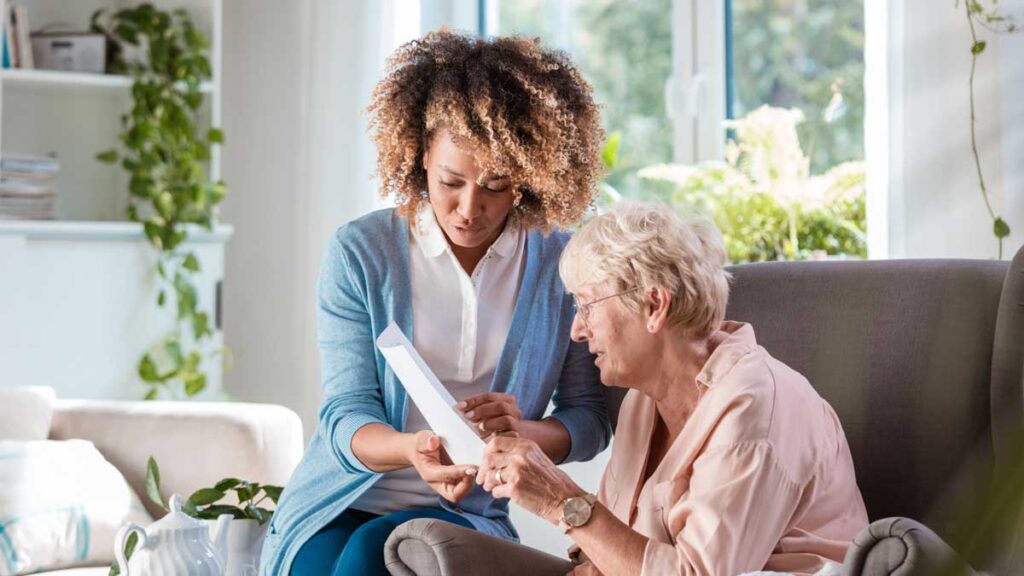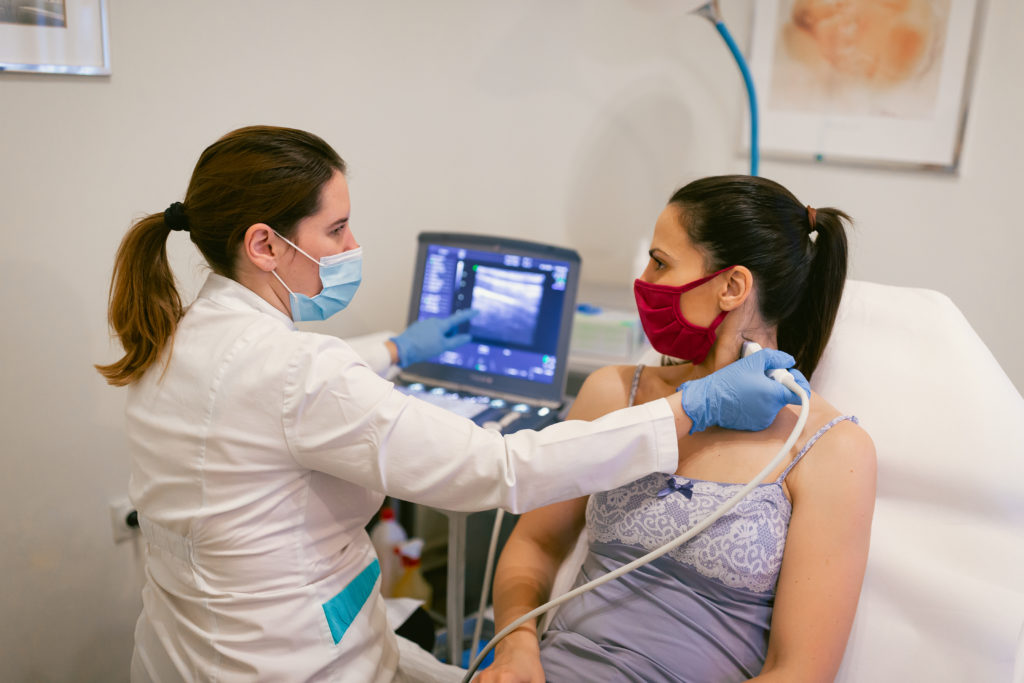Bone density is an important part of assessing bone health
Bone health plays an important role in your overall well-being, especially as you age. Healthy bones can help decrease your risk of falls, fractures and fragility, and can help you get the most out of your years.
Below, Kristy Losapio, a Steward Medical Group Advanced Practitioner Registered Nurse, highlights the importance of bone density tests and what their findings mean.
What is a Bone Density test?
A bone density test, or DXA, is the only test that can help determine your risk of fracture before you break a bone. It can also help determine if you’re losing too much bone over time or help determine how well osteoporosis medications are working.
Why is it important? When should a patient consider undergoing one?
Women over 65 and men over 70 should have bone density testing. Additionally, high-risk patients may require baseline bone density testing at an earlier age.
What can a bone density test tell you?
A bone density test looks at the density of two areas of bone, typically hip and spine. It determines if you’ve lost too much bone from when you should have been at your peak density around your early 20s (T-score) or if you’re losing bone faster than is expected for your age group (Z-score).
What is the recommended bone density level score for both women and men?
Bone density is measured by T-score. A T-score above -1.0 is considered normal. Osteopenia, or low bone density, scores in the range of -2.4 to -1.1. Osteoporosis scores -2.5 or lower. Bone density is one of many factors that determine your overall risk of fracture.
What is Osteopenia?
Osteopenia is loss of bone mass and strength. It’s not as severe as osteoporosis. Nevertheless, some people with osteopenia will be at high risk of fracture. The FRAX (Fracture Risk Assessment Tool) score identifies patients who may not have osteoporosis, but due to their osteopenia and other health factors, are at risk for fracture and should be treated.
How common is osteoporosis? What is the danger of having osteoporosis?
We, unfortunately, see quite a bit of osteoporosis, and we are seeing it in younger populations as well. Most of the osteoporosis we diagnose is from patients who have already broken a bone. Most people don’t even realize that a wrist or ankle fracture can indicate a more serious hip fracture to come.
Spine and hip fractures are the most debilitating fractures you can have. They can cause significant pain and loss of function. Additionally, women over 75 who fracture a hip are at risk of higher morbidity and mortality.
What can people do to help prevent bone loss as they age?
Smoking is a significant risk factor for osteoporosis, so quitting is vital for your bones. It’s important to get enough calcium in your diet and have your vitamin D levels checked periodically.
Getting plenty of magnesium, sticking to an antioxidant, alkaline diet with plenty of fruits and vegetables, and doing regular strength training are also important for helping to reduce bone loss.
How can strength training help your body and your bones as you age?
Strength training is vital for maintaining muscle mass as you age. It has been widely studied and found to be one of the few activities to have a beneficial effect on reducing bone loss over time.
Do two sets for each major muscle group (with an 8 – 12 rep maximum) at least twice a week with progressing intensity to help prevent bone and muscle loss. The increased strength also reduces the risk of falls.
What types of orthopedic injuries are linked to low bone density?
Fragility fractures occur in osteoporotic patients. If a person over 50 sustains a fracture as a result of a fall from standing height, it’s considered a fragility fracture. Fracture prevention is the ultimate goal in all osteopenia/osteoporosis treatment programs.
How important is fitness as people age?
Exercise is vitally important for muscle maintenance as we age. There is a direct correlation between muscle mass and brain health and cognitive performance.
For most people, the tough part is maintaining an exercise program. Pain, lack of knowledge of types of exercise and fear of injury are some things that prevent many older individuals from participating in exercise programs.
Professionals such as physical therapists and qualified personal trainers can help guide an effective exercise program.
Any new developments in the treatment of osteoporosis?
There are several newer medications that are very effective for the treatment of osteoporosis. Several newer medications will reduce bone loss and rebuild new bone.
Other tips and recommendations?
Patients need to be proactive in having their bone density tested. Bone density testing is widely covered by insurance and, at a minimum, should be done on all women over 65 and all men over 70.
Anyone who has had a fragility fracture, regardless of age, should have a bone density test. This can easily be ordered by their primary care provider.
Need to schedule an appointment? Visit providers.steward.org




